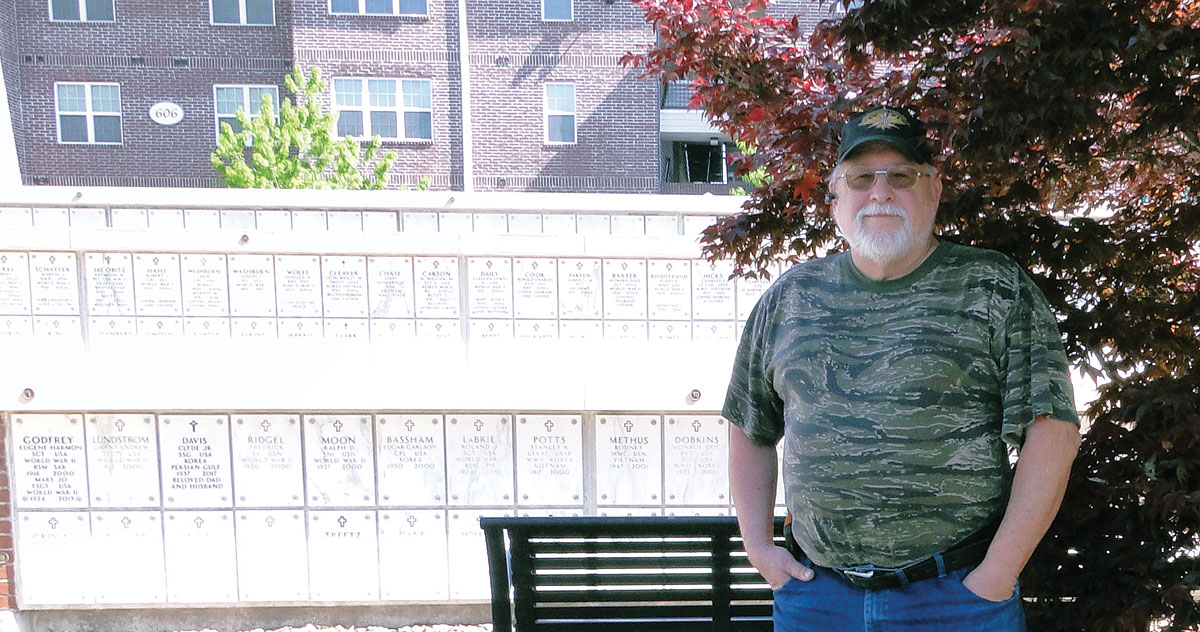
The University Museum offers a mixture of unique items from the Ozarks and beyond
Off the center of campus at the University of Arkansas in Fayetteville is the amazing University Museum, a diverse set of collections ranging from archaeology to zoology.
Curators Dr. Mary Suter and Laurel Lamb manage the museum, with Mary focusing on the collections and Laurel on public outreach. Staff also includes various interns, including Rachel Hutchings, an outreach intern.
Collections are not exhibits with long glass display cases and explanatory cards but rather groups of artifacts often stored in pullout drawers. Consequently, the museum is not open daily to the public, but has several avenues of accessibility. The most significant is an annual open house in March, Arkansas’s archaeology month. Last year, 400 people walked through with staff and volunteer members spread throughout to answer questions. The open house also offers a hands-on experience such as distinguishing “meteorites from meteor-wrongs,” as described by Laurel.
One outreach program is called Museum in the Library. It consists of pop up exhibits and a collection of artifacts brought to the Fayetteville Public Library monthly with experts available to answer questions as people are drawn to the exhibit. Monthly lectures are open to the public and cover diverse topics such as meteorites, snakes and African art. Finally, individual or group tours can be prearranged by contacting the museum office.
The collections began soon after the university was formed in the 1870s with the first being a geological teaching collection. The collections now include geology, archaeology, zoology, history and world cultural materials obtained from the cultures they represent and therefore relatively modern.
Goals change with curators and time. Previously an emphasis was on global acquisitions while now the emphasis is caring for artifacts and increasing public accessibility. While the 20-year-old facility has little space for new items, the museum occasionally accepts new items but also helps potential donors find the best place for their specific item through the networking within the Arkansas Archaeology Survey, Arkansas’s version of a statewide archaeology system.
The first collection when entering the secure area is the archaeology collection. One of the more substantial sections is that concerning numerous Native American Bluff Shelters in parts of Missouri, Oklahoma and Arkansas. Many items are well preserved do to the dry areas in which those people thrived. Artifacts include seeds and plant fibers, some hundreds of years old, as well as spear points and grinding stones, all of which help determine how those people interacted with their environment. Just south of Little Rock is an experimental area growing ancestral species of some of today’s plants including quinoa. The site is called Plum Bayou Garden at Toltec Mounds Archaeological State Park and is open to the public.
The second collection is the zoology collection specializing in Arkansas zoology, though artifact origins are worldwide. One of the most amazing artifacts is an egg, not a fossilized egg, of the elephant bird extinct for only 500 to 1,000 years. The elephant bird looked like an ostrich on steroids and was found only in Madagascar. The huge egg is the equivalent of 100 chicken eggs with only about 40 found throughout the United States in public institutions.
The geology collection features one of only 15 recovered Arkansas meteorites. In 1934, two men were working in a field west of Fayetteville the day after Christmas. They saw a blazing light overhead and heard a tremendous boom around noon. The men headed in the direction of the impact and soon came across a group of nervous cows and found the still-hot rock 20 inches below the surface.
The history collection is focused on more recent eras. For example, during World War I, two Prairie Grove brothers, Thomas and Lee Rogers, joined the war effort. Airplanes were so new they were called only machines, and Thomas was being trained how to fly when his plane collided with another. Both pilots died and one of the museums prized items is a broken wooden strut from that plane. The piece was donated by Lee and the family still lives in Prairie Grove. Another favorite item is a book of sketches by a French POW artist, signed and probably donated by him.
The world culture collection is perhaps best explained by a sample artifact. In the collection is a necklace probably purchased by famed Arkansas architect Faye Jones, a protégé of Frank Lloyd Wright. Faye served in the South Pacific during World War II and afterwards presented the necklace as a gift for his daughter, a gift she recently donated to the museum..
“The cultural materials allow you to take a quick trip around the world, all in one place. They are wonderful for recognizing and understanding not just the differences in fellow human beings across the globe, but also what we have in common as well-like music, clothing, cooking and jewelry, as Jones necklace highlights,” Laurel said.






